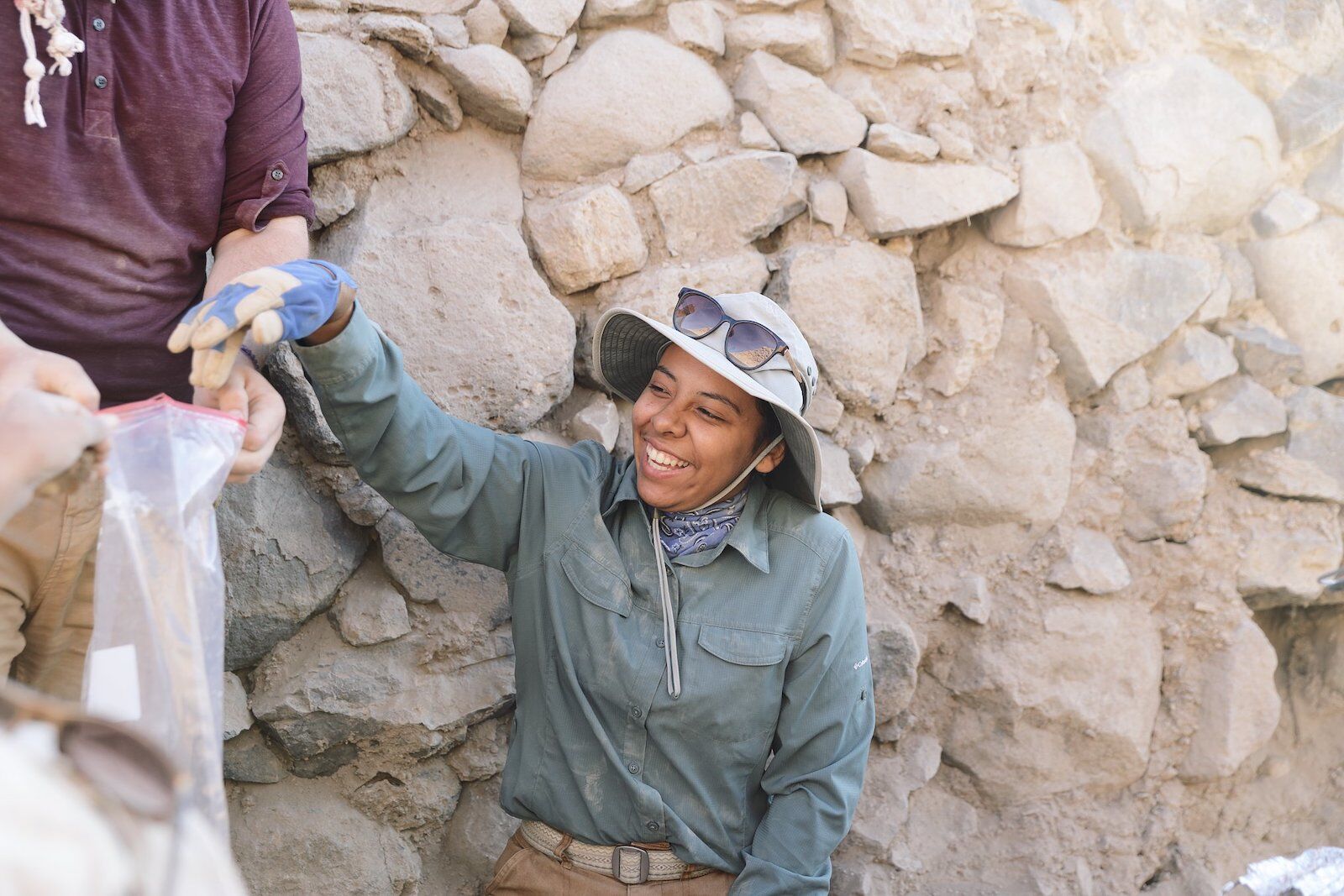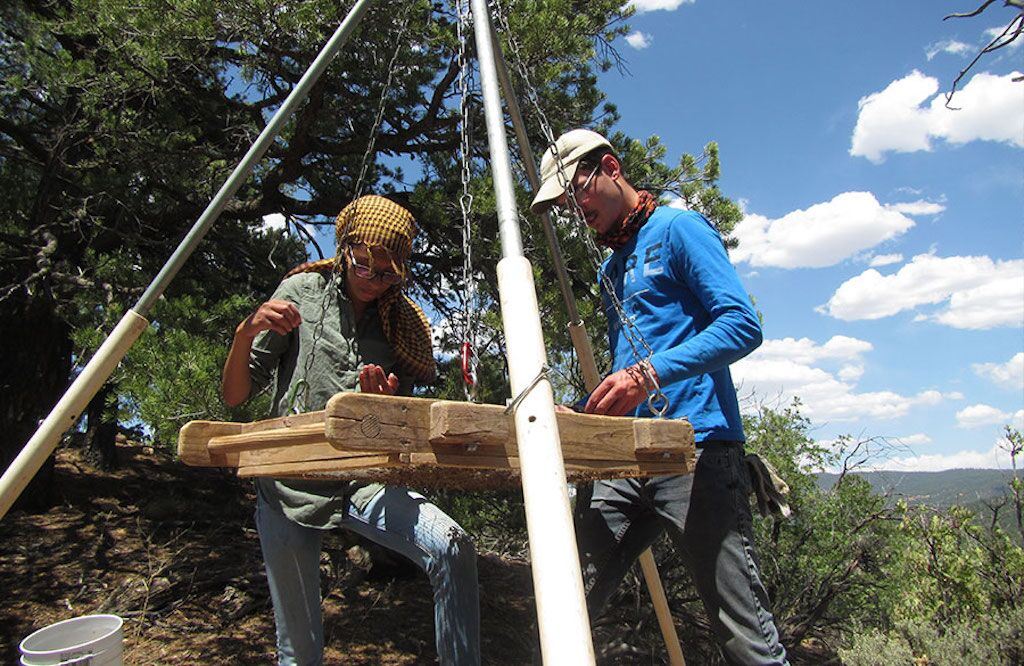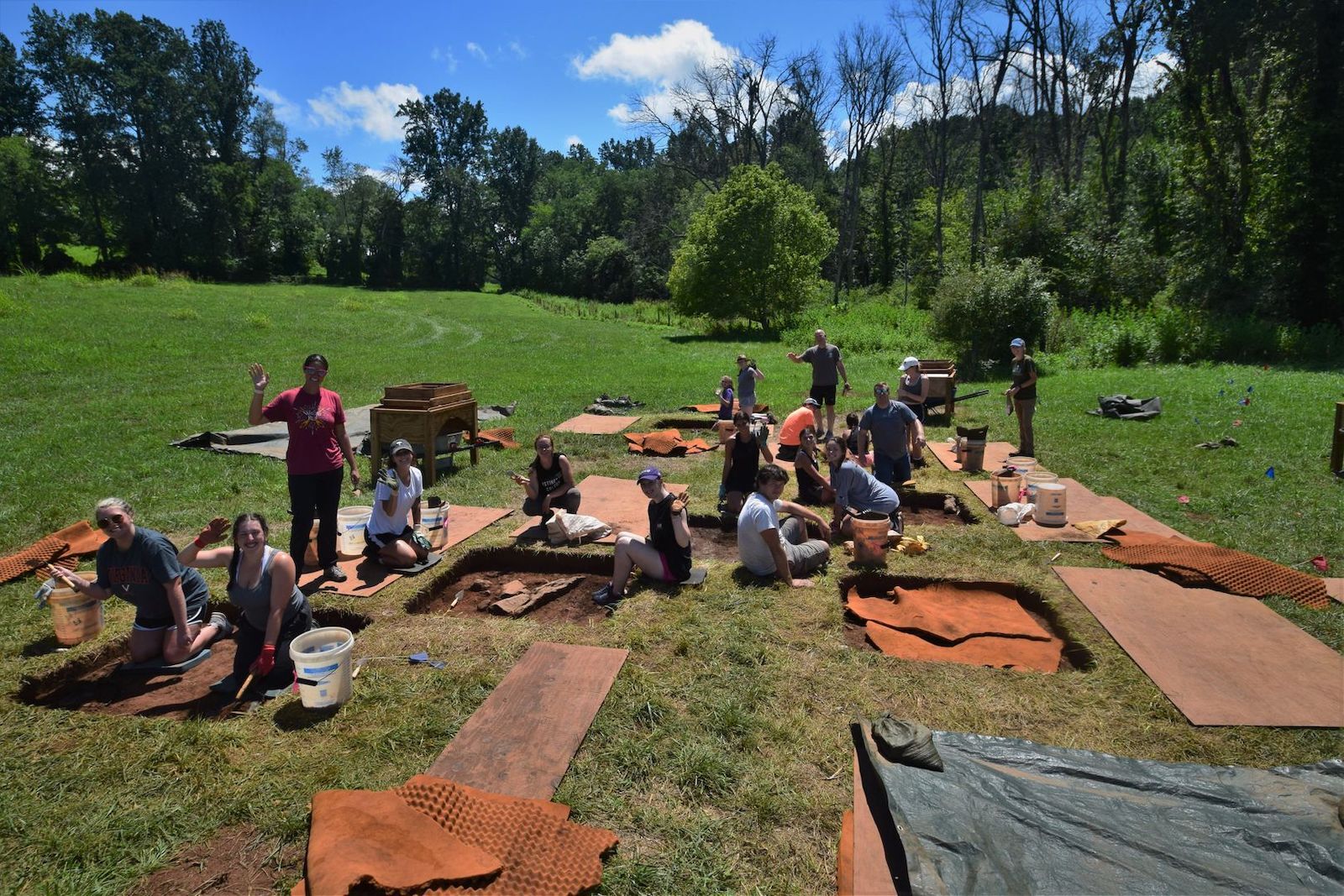Whether you want to excavate ancient temples or skeletons of extinct critters like dinosaurs and mammoths, archaeological and paleontological digs all over the world are looking for volunteers to lend a hand.
In exchange for tuition and sweat, participants receive hands-on instruction, room and board, and the deep gratification of contributing to important scientific discoveries. Most excavations are strenuous, dirty, and physically challenging, involving walking, squatting, and sometimes tolerating rugged accommodations without electricity, but they attract many passionate people of all ages — not just college kids earning credits.
Generally taking place in summer with a spring application deadline, projects take place in almost every nation accessible to researchers. Here are seven excavation opportunities that are actively seeking adult volunteers for 2022.





